Above doesn't come close to what I, as a historian, see when I visit the Tower of London. But it's as near as I'm willing to spend time in GIMP recreating for you.
The Tower of London has been there for nearly 1000 years. That's a lot of history to superimpose upon the same scene. Not to mention the things which occurred on that spot before the fortress was even built.
I've done my best to let you sample a historian's worldview by producing the same scene with elements moving across time:
- The White Tower from a Medieval painting;
- Tower Bridge during the 2012 London Olympic Games;
- Rest of the Tower of London building and environs from an 1895 photograph;
- River of Blood Centenary Poppies from Remembrance Day 2014;
- Cars parked and pedestrians walking from 1955;
- Market goers mingling in 1808.
Every single element is superimposed upon the exact space they occupied in the images capturing them there by past artists and photographers. Though I've turned the White Tower 90 degrees, as my Medieval artist was standing alongside the Thames, not on Tower Hill.
Only my lack of artist know-how stopped me filling every pixel of this with a different era. My mind does it easily and automatically.
I can see the foreground trees gone, opening up the vista as it is today. I can see that whole foreground thronging with people, and a platform raised in the bottom left hand corner. I see the executioner holding up the heads of Simon Fraser (it's been described in detail); James Duke of Monmouth (detailed documentation and a woodcut picture); Sir Thomas More and so on.
I see it churned up with mud and horses laden dragging stone, people bent double under their loads of wood or walking with their tools in canvas sacks slung over their shoulders. The construction workers of a dozen eras creating this castle from scratch, altering it, restoring it, adding extra layers.
I stand with market stall owners and their customers, glancing up towards the ramparts at the sound of childish laughter. I watch the Princes in the Tower playing upon them in full view. I mentally flinch in terror at the Blitz bombs falling all about me. I squint to watch the Cradle Tower, just about able to discern John Arden and Father John Gerard shimmying down a rope to freedom in the darkness.
I turn at the sound of women's voices, loud and light in conversation. Across that great walkway they come, the guards stepping back, unwittingly allowing William Maxwell, Earl of Nithsdale, to pass in their midst dressed as his wife. Lady Nithsdale is still in there, holding an imaginary conversation with her spouse behind closed doors for the benefit of the guards in earshot.




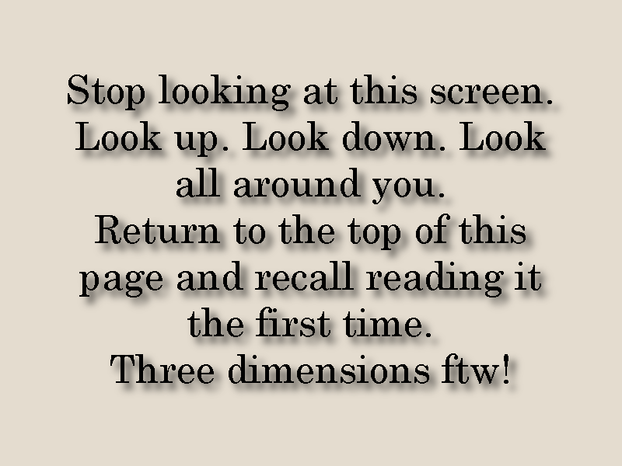
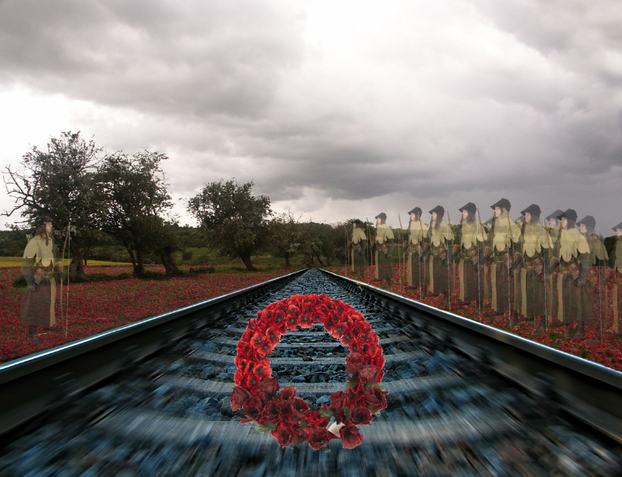
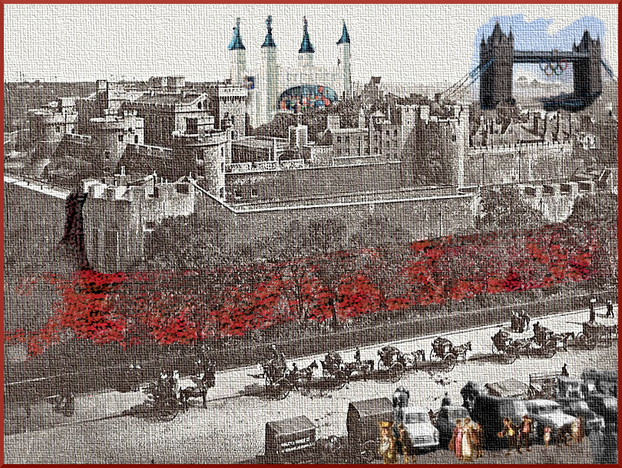
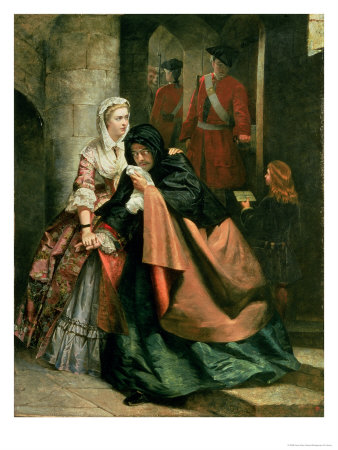


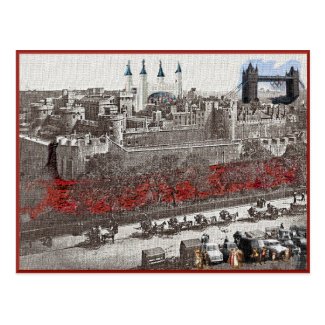


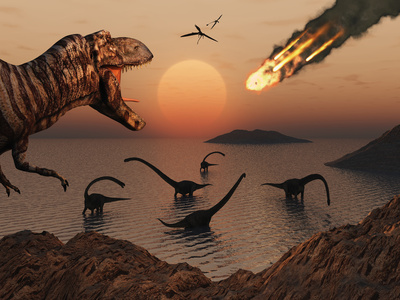










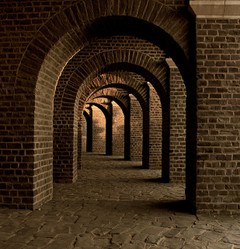

 St Tydecho's Churches in West Waleson 09/03/2014
St Tydecho's Churches in West Waleson 09/03/2014
 Goodies for an Outlander Premiere Partyon 03/06/2015
Goodies for an Outlander Premiere Partyon 03/06/2015
 Holocaust Memorial Day Interview with Rainer Höss, Grandson of Rudolf Architect of Auschwitzon 01/24/2015
Holocaust Memorial Day Interview with Rainer Höss, Grandson of Rudolf Architect of Auschwitzon 01/24/2015
 Romantic Valentine Gifts for an Outlander Fanon 01/16/2015
Romantic Valentine Gifts for an Outlander Fanon 01/16/2015

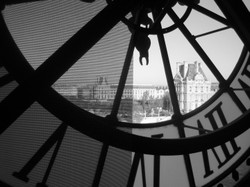
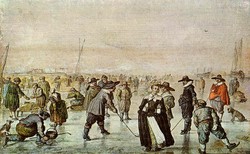
Comments
Locating in time is very important to understanding of history. And what happen as time passes is also interesting.
Glad to have been informative! Welcome to my world.
I was really impressed by XKCD (in general!) and his explanation of dimensions. Mostly because he confirmed that I'd understood it myself. LOL
Here's the comic for those reading these comments: http://www.wired.com/2014/11/xkcd-gui...
As far as I'm concerned, I didn't describe Physics. I described a historians' world-view, after grasping enough of Physics to realise that the two were in sync. Historians describe the what; Mathematicians and Physicists explain the how - and it all looks very much the same.
I very nearly went into the interactivity element of the fifth dimension, but figured I was going off piste a bit. That's a whole new article. I did contemplate the extent to which those living history and those studying it may enjoy a symbiotic relationship. It's more than you'd immediately imagine, given that we're not necessary in the same time frame.
Incidents like this: http://wizzley.com/the-funeral-of-ric... are the least of it.,
I have to say I'm still amazed by this article. Especially after reading the XKCD explanation of dimensions and time as a dimension itself last night, simply because he is a renowned mathematician well known for being able to explain difficult and complex mathematical ideas in fun and understandable ways...And I honestly, without a whole lot of bias influencing me saying this, feel you did a better job of explaining it (from a perspective) here.
I say from a perspective, but I still got a broad understanding of time as a dimension. The perspective being history (duh). But it's kind of what I was getting at, you just taught me physics from the perspective of history, and I'm really fascinated by it.
I got further idea from the XKCD comic when he explained looking at a 5D world from the perspective of a comic strip, and then said how a 5D being could manipulate that by "touching" the panel...but you weren't talking about being an actual 5D being, you were talking about viewing history from a 5D perspective so this bit wouldn't come into play in this article.
Yep! Loving your work there.
I have images of A Sound of Thunder by Ray Bradbury running through my head. Something to do with dimensions and space-time continuum, I guess.
Moi? Trolling on the subject of maths? *blink blink* How could you ever suspect such a thing? *innocent face*
Maths is history anyway. Without history, the mathematicians would have to keep on inventing zero over and over again, as no ancient Arabs would have done it for them. Plus they'd have to work out how to count, as Urnfield etc wouldn't be there as the basis upon which to create numeric systems. Not to mention that removing the Sumerians means that we'd have to invent writing before any of these figures and formulas could even be recorded.
As all of the above was pretty much born of trade - merchants making things more efficient in pursuit of profit - mathematicians could save time by selling stuff first. Their entire discipline would need that background to be invented anew each morning.
Mind you, history is maths. I wouldn't have any time to measure, if they hadn't given me a way to count the years, even as I stack all such occurrences one on top of the other. Nor could I effectively determine the odds stacked against Wallace at Stirling Bridge without knowing the size of the armies; nor gauge the sheer scale of the global catastrophe during the late 1340s.
The latter needed Biology to provide the why of the Black Death. History took the data, filled in the stories and handed it back. Biology's knowledge base swelled with all that we could provide in relation to what people did in the face of plague; how they reacted; what measures they undertook to combat it; how they fled, stayed, fought, died, lived and all else that might affect the spread of disease, or curtail it. Sociology took the data too, and handed it back with patterns highlighted. Psychology gave us a different angle, we returned it with more data.
So much seen and entwined, when viewed from the fifth dimension. It's all the same story.
Well, I've never said history has no purpose, nor even implied it. I personally think it's one of the most important subjects. In my UG no matter what your major was you took at least one history class relevant to it (on top of the required gen ed histories). Eg maths folks took a history of math course, I took history and philosophy of science, music majors had a history of music class and so on. Anyways, physics is applied maths. So if you're fine with physics, you're fine with maths. I don't have to know history as well as you do or be good at it to appreciate it and it's value. It could be the same with maths for you, and I think it technically is, you're just being silly.
Also you said physics is just a mix of matter, energy, atoms and so on, but that's actually a mix of applied physics, or chemistry, and applied chemistry, or biology. At the point those atoms became an organic being in your mind, we're now technically talking biology. You start branching out from there into sociology and psychology being applications of biology, but to my mind those fields were where the polar opposites of sciences and humanities actually met. Based on the way you understand sciences connecting to history, to me is like connecting the humanities at the other end of the sciences then as well, bringing it full circle. (Well this whole article is a meshing of humanities and sciences, which itself was fascinating).
I think people have strengths in different fields, and they do have value, and I think it'd be boring otherwise if we didn't anyways. I think where we go wrong is basically this compulsion to place an unfair value on those with mathematically analytical minds as some sort of golden goal post of intellect. I find it just plain foolish.
Frank - I've been used to considering the fifth dimension though a spiritual interpretation too. Physics abandoned the concept to the spiritual disciplines for 70 years, before picking it up and running with the theory again.
I have no idea what the mathematicians are waffling on about. But I do understand the Tree of Life and its ten branches of reality, which looks exactly like the ten dimensions sitting at the end of mathematical sums.
Historian hat off and Wiccan hat on, there are many, many more dimensions than are met in scientific philosophies. But Quantum Physics is pretty much Wicca with one or two words changed here and there. It's all the same eventually.
Physics is fine, that can come and play. Physics is history anyway, just focusing upon the ingredients allowing the recipes to be mixed.
Take Henry Tudor sitting upon his throne for the first time. Historians would be interested in who he was, how he got there, what jumble of circumstances met at this point, why he gathered support, how he maintained it and what it meant historically, contemporaneously and so far in his future, then beyond us into what it means for our future.
Physics would just be looking at the mix of matter, energy, atoms etc which can now be labelled Henry Tudor, ditto his throne and crown, and why he said crown didn't shoot out of the hands of the archbishop, as it was placed on Tudor's head. But they'd only know the latter because history taught them (ohai Newton). They'd only know why they know that because history built upon it (enter Einstein). Without history, Physicists would have to discover gravity and relativity anew every day.
And Britain would have been so much better off if Henry Tudor hadn't had mathematics. He ran the country like a Mafia don because of those accounting books.